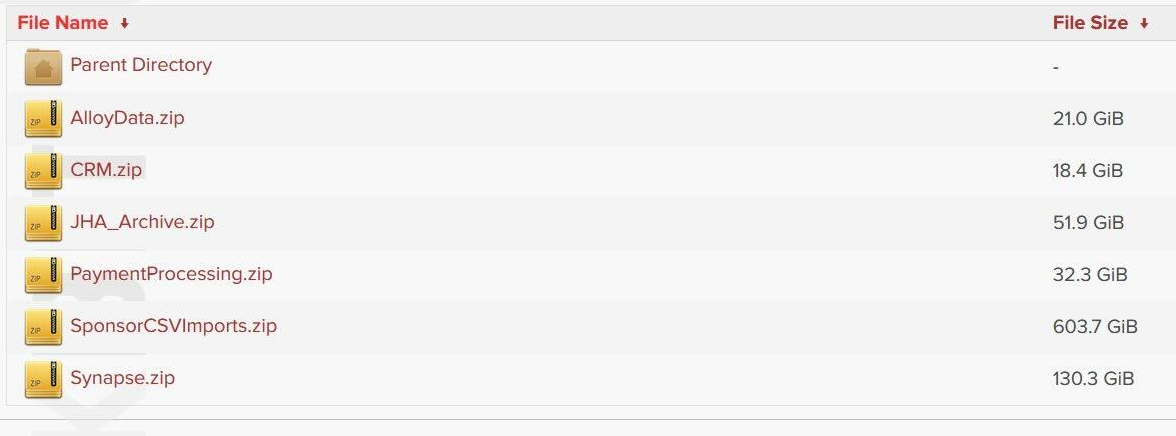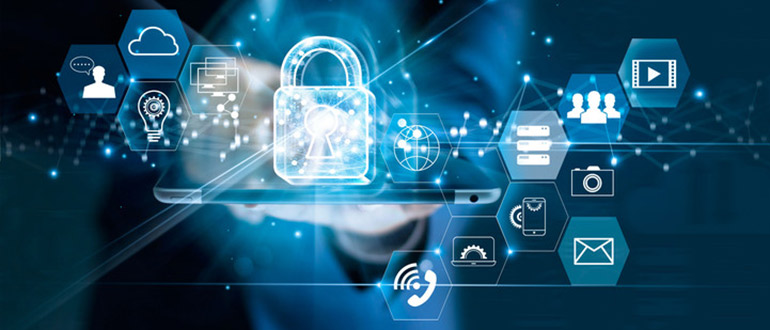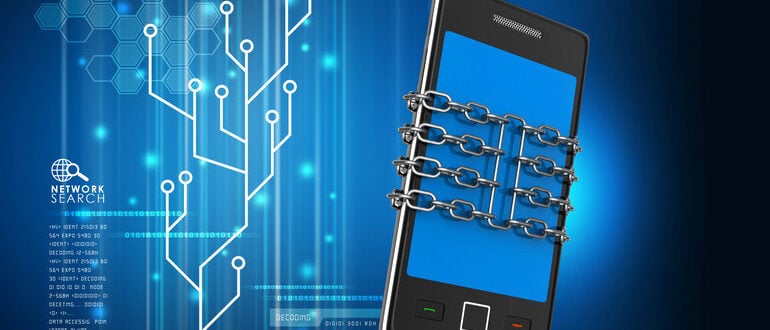
Notorious ransomware group BianLian has claimed to have added two new organizations as its latest cyberattack victims. The BianLian ransomware attack was allegedly carried out on two US-based firms, namely, Better Business Bureau Inc and U.S. Dermatology Partners. The infamous actor has claimed to have accessed sensitive data including financial, contract, and employee profiles from both its victims.
BianLian Ransomware Attack: Critical Details
The first organization targeted by hackers was
Better Business Bureau (BBB), which is a private, nonprofit organization founded in 1912 in Arlington, Virginia. The firm maintains a massive database of accredited and non-accredited businesses, providing ratings based on several factors. The Better Business Bureau has a revenue of $430.6 Million.
[caption id="attachment_79001" align="alignnone" width="1259"]

Source: X[/caption]
The threat actor claims to have accessed 1.2 TB of organization
data, including accounting, budget, and financial data; contract data and NDAs; files from the CFO's computer; operational and business files; and email and PST archives. The group has also disclosed sensitive information such as the names, personal email addresses, and phone numbers of BBB’s CEO, vice president, chief accreditation officer, and chief activation officer.
The other organization that has allegedly fallen victim to the ransomware group is
US Dermatology Partners. The organization, with a revenue of $213.7 Million, is one of the premier dermatology practitioners in the USA, caring for over two million patients annually.
[caption id="attachment_79002" align="alignnone" width="1259"]

Source: X[/caption]
The hackers claimed to have accessed 300 GB of organization data, including personal data, accounting and budget information, financial data, contract data and NDAs, and employee profiles.
Potential Impact of BianLian Ransomware Attack
If proven, the potential consequences of this ransomware attack could be critical as the accounting and financial details of both these firms could be leaked. The organizations should take appropriate measures to protect the
privacy and security of the stakeholders involved. Financial data breaches can lead to identity theft, financial fraud, and a loss of trust among clients, potentially jeopardizing the company’s standing in the industry.
Currently, details regarding the extent of the BianLian ransomware attack, data compromise, and the motive behind the
cyber assault remain undisclosed.
Despite the claims made by BianLian, the official websites of the targeted companies remain fully functional. This discrepancy has raised doubts about the authenticity of the BianLian group’s assertion. To ascertain the veracity of the claims,
The Cyber Express has reached out to the officials of the affected organizations. As of the writing of this news report, no response has been received, leaving the ransomware attack claim unverified.
History of BianLian Ransomware Group Attacks
BianLian, a
ransomware group, has been targeting critical infrastructure sectors in the U.S. and Australia since June 2022. They exploit
RDP credentials, use open-source tools for discovery, and extort data via FTP or Rclone. FBI, CISA, and ACSC advise implementing mitigation strategies to prevent ransomware attacks.
Initially employing a
double-extortion model, they shifted to exfiltration-based extortion by 2023. According to a report by BlackBerry, BianLian ransomware showcases exceptional encryption speed and is coded in the Go programming language (Golang). This sophisticated approach has enabled the group to strike multiple organizations, leaving a trail of unverified claims in its wake.
Earlier in 2024, the group targeted companies such as
North Star Tax and Accounting, KC Pharmaceuticals, Martinaire. In its attack on
MOOver, the group claimed to have accessed a staggering 1.1 terabytes of the firm’s data. Subsequently,
Northeast Spine and Sports Medicine also found themselves on the list of victims. All these claims, similar to the recent attack, remain unverified.
Media Disclaimer: This report is based on internal and external research obtained through various means. The information provided is for reference purposes only, and users bear full responsibility for their reliance on it. The Cyber Express assumes no liability for the accuracy or consequences of using this information.



 By combining their resources and expertise, the CPPA and CNIL aim to tackle a range of data privacy issues, from the implications of new technologies to the enforcement of data protection laws. This partnership is expected to lead to the development of innovative solutions and best practices that can be shared with other regulatory bodies around the world.
As more organizations and governments recognize the importance of safeguarding personal data, the need for robust and cooperative frameworks becomes increasingly clear. The CPPA-CNIL partnership serves as a model for other regions looking to strengthen their data privacy measures through international collaboration.
By combining their resources and expertise, the CPPA and CNIL aim to tackle a range of data privacy issues, from the implications of new technologies to the enforcement of data protection laws. This partnership is expected to lead to the development of innovative solutions and best practices that can be shared with other regulatory bodies around the world.
As more organizations and governments recognize the importance of safeguarding personal data, the need for robust and cooperative frameworks becomes increasingly clear. The CPPA-CNIL partnership serves as a model for other regions looking to strengthen their data privacy measures through international collaboration. 
 Source: X[/caption]
The breached data purportedly includes names of employees, 6,623 unique email addresses, their codes, date of birth, gender, policy name, relationships, dates of joining, effective dates, statuses, and entities.
To substantiate the claim, the threat actor 888 provided a sample of the data breach, which contains details of Credit Suisse employees in India.
[caption id="attachment_79025" align="alignnone" width="1362"]
Source: X[/caption]
The breached data purportedly includes names of employees, 6,623 unique email addresses, their codes, date of birth, gender, policy name, relationships, dates of joining, effective dates, statuses, and entities.
To substantiate the claim, the threat actor 888 provided a sample of the data breach, which contains details of Credit Suisse employees in India.
[caption id="attachment_79025" align="alignnone" width="1362"] Source: X[/caption]
The TA, however, did not provide a specific price for the sale of data and has requested potential buyers to quote a figure. The
Source: X[/caption]
The TA, however, did not provide a specific price for the sale of data and has requested potential buyers to quote a figure. The 



 Source:
Source: 



_Kjetil_Kolbj%C3%B8rnsrud_Alamy.jpg)
_Frank_Herholdt_alamy.jpg)


 Source: X[/caption]
The threat actor claims to have accessed 1.2 TB of organization
Source: X[/caption]
The threat actor claims to have accessed 1.2 TB of organization  Source: X[/caption]
The hackers claimed to have accessed 300 GB of organization data, including personal data, accounting and budget information, financial data, contract data and NDAs, and employee profiles.
Source: X[/caption]
The hackers claimed to have accessed 300 GB of organization data, including personal data, accounting and budget information, financial data, contract data and NDAs, and employee profiles.








 Source: Dark Web[/caption]
Source: Dark Web[/caption]

 The
The  The threat actor was selling the alleged stolen data for $5,000. The steep price tag could indicate the significant value of the stolen data which is sensitive.
The threat actor was selling the alleged stolen data for $5,000. The steep price tag could indicate the significant value of the stolen data which is sensitive. _Herr_Loeffler_shutterstock.jpg)


